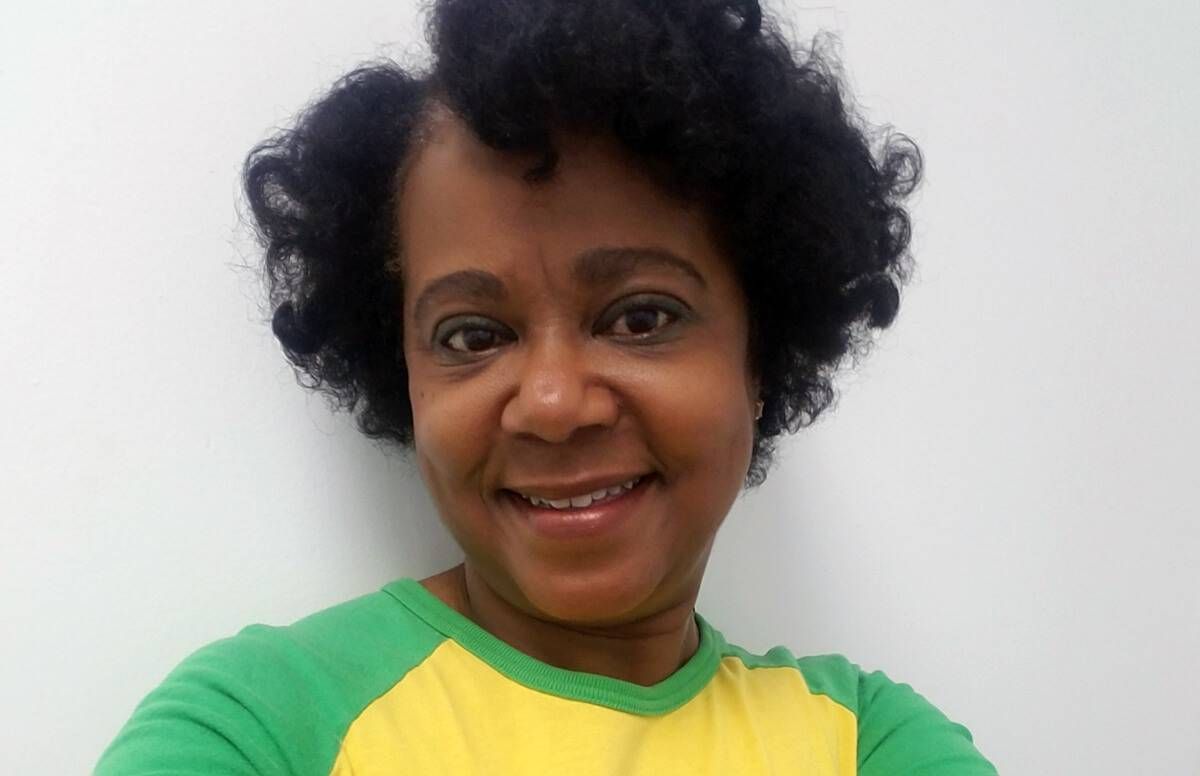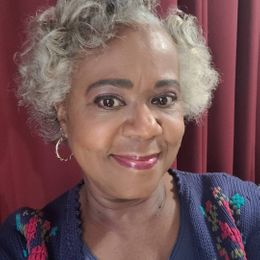Speaking Her Students' Language
A teacher and journalist offers a multicultural perspective in the classroom
My career has been a series of starts, stops and turns. In my 20s, I aggressively pushed myself toward success as a journalist for trade and consumer publications. By my early 30s, I poured my energies into being an occasional freelance writer and stay-at-home mom for my two children. When I reached 40, I had earned a master’s degree in education and began taking substitute teaching assignments before getting a permanent assignment at an elementary school. By 45, after almost five years as a full-time elementary school teacher, I quit — burnt out from dealing with difficult students and an even more difficult school administrator.

Sometimes you have to go backward to move forward. After sending out tons of resumés in the ever-shrinking field of journalism and garnering freelance writing gigs, but no full-time editorial position, I decided to dust off my substitute teaching license. I’m married, but I needed some form of income to pay my portion of the bills.
At first, I felt like I had not tried hard enough to return to my former career in publishing. A scene from Disney’s The Lion King kept running through my head. It was the one where Rafiki says to Simba, “You are more than what you have become.”
Bringing My Attributes Into the Classroom
Squashing down the judging voice, I decided that part-time work was better than no work at all. Now, 12 years later, I have cobbled together a career that includes freelance writing and part-time teaching. I have morphed from a harried, self-doubting full-time teacher into a confident, experienced and much-in-demand substitute teacher.
Teaching elementary-through-middle school students is not for the weak of heart, but I have learned that being my 58-year-old self, instead of a clone of the latest pedagogy style, is a better fit.
Working as a journalist and a substitute teacher are not as far apart as they sound. You never know what mood the sources or students in front of you are going to be in, and sometimes you have to change your tactics on a dime.
I have the most success as an educator when I bring some of my other attributes into the classroom with me. These include being able to change my voice from articulated American English to the “patois” English spoken by residents of my dad’s island country of Jamaica in the West Indies; dropping a few words and phrases in Español when the students in my classes are Spanish-speaking and occasionally using a limited number of French phrases if I detect there are some transplanted Haitian students who speak French or Creole.
You might ask, “Doesn’t this confuse your students?” My answer is: the trick is not to show your full hand all at once.
I am a black woman teaching in schools in New York City, predominantly in the borough of Queens and occasionally in Manhattan. Students usually take a look at you and decide they’ve figured you out. The key is to slowly let them know that looks can be deceiving.
A Gift for Accents
Initially, the students I work with just assume that I’m an “American, black, teacher lady.”
That’s fine, and partially true. But I am also a native New Yorker who is half-Jamaican, or a “Jamerican” as I like to say. My mother was born in New York City in a black, but also multi-ethnic, family and she had the gift of mimicking a variety of accents — a gift she passed on to me.
I grew up in Washington Heights where lots of my neighbors were from Puerto Rico, the Dominican Republic, Jamaica and other parts of the Caribbean. My “madrina,” or godmother, was Panamanian and she and my mother would speak Spanish and English together. Some of my older neighbors were originally from Europe, and spoke Yiddish, German and Russian. During my preschool years before my parents divorced, my father’s job was teaching Spanish to high school students. By the time I was a teenager, I could mimic English infused with either a Jamaican or a Spanish accent.
When I changed careers from full-time journalist to parent, teacher and part-time journalist, I realized that students from English-, Spanish- and French-speaking parts of the Caribbean, Central and South America, Africa and Southeast Asia who have become transplanted New Yorkers sometimes feel lost in school, surrounded by new customs, fellow students and accents.
While I have never felt like an immigrant, my father was only 11 when he came to the United States with his family. He often shared with me how hard he and his siblings worked to lose their Jamaican accents and fit in with other kids in their new homeland.
My Jamaican Family Tree
When I first decided to use my fluency with Jamaican accented “patois” English, it was part of a storytelling lesson focusing on Anansi the Spider. As I read the story to a group of third-grade students, I changed my voice to the cadence of someone from Kingston, Jamaica. The class got very quiet, and I realized that they were transported to the tropics by my voice. Suddenly, one of the students called out in a heavily accented Caribbean voice, “Ms. H.G., now you sound just like my auntie! My family is from Jamaica, too!”
I laughed and shared with the students that I was indeed half-Jamaican. Many students nodded in recognition, since some of them had come to the U.S. as babies or been born in New York City, while their parents and grandparents were born in the Caribbean, Southeast Asia and even Portugal.
I told them, “Remember, you only know what a person chooses to share with you. Never assume that you know everything about a person just by what they look or sound like.”
Some students whose families are from parts of the Caribbean bond with me just a bit more after they find out that Jamaica is part of my family tree. Other students from different cultures love to hear me come out of my usual American, English-speaking voice and sometimes request that I “please teach the lesson in Jamaican.”
I Don't Have to Choose
Sometimes I struggle a little in Spanish to communicate with a student who has little or no ability to speak English yet. The relief on their faces is palpable when they see I have even a limited ability to speak their mother-tongue.
My slight knowledge of Spanish can also help with discipline. One day a boy was using foul language in Spanish and I asked him in English why he was using “inappropriate words” in school. His eyes bulged because he didn't think I could translate what he said in Spanish.
As time has gone by, I’ve come to the realization that I don’t have to choose between journalism and teaching. I can do them both. Substitute teaching has not only provided me with an income to supplement my 30-plus year career as a journalist and freelance writer, it has allowed me to find an outlet for my varied interests.
The truth is, we all have aspects of a split personality when it comes to our abilities and interests, and that’s not necessarily a bad thing. Comprende?


